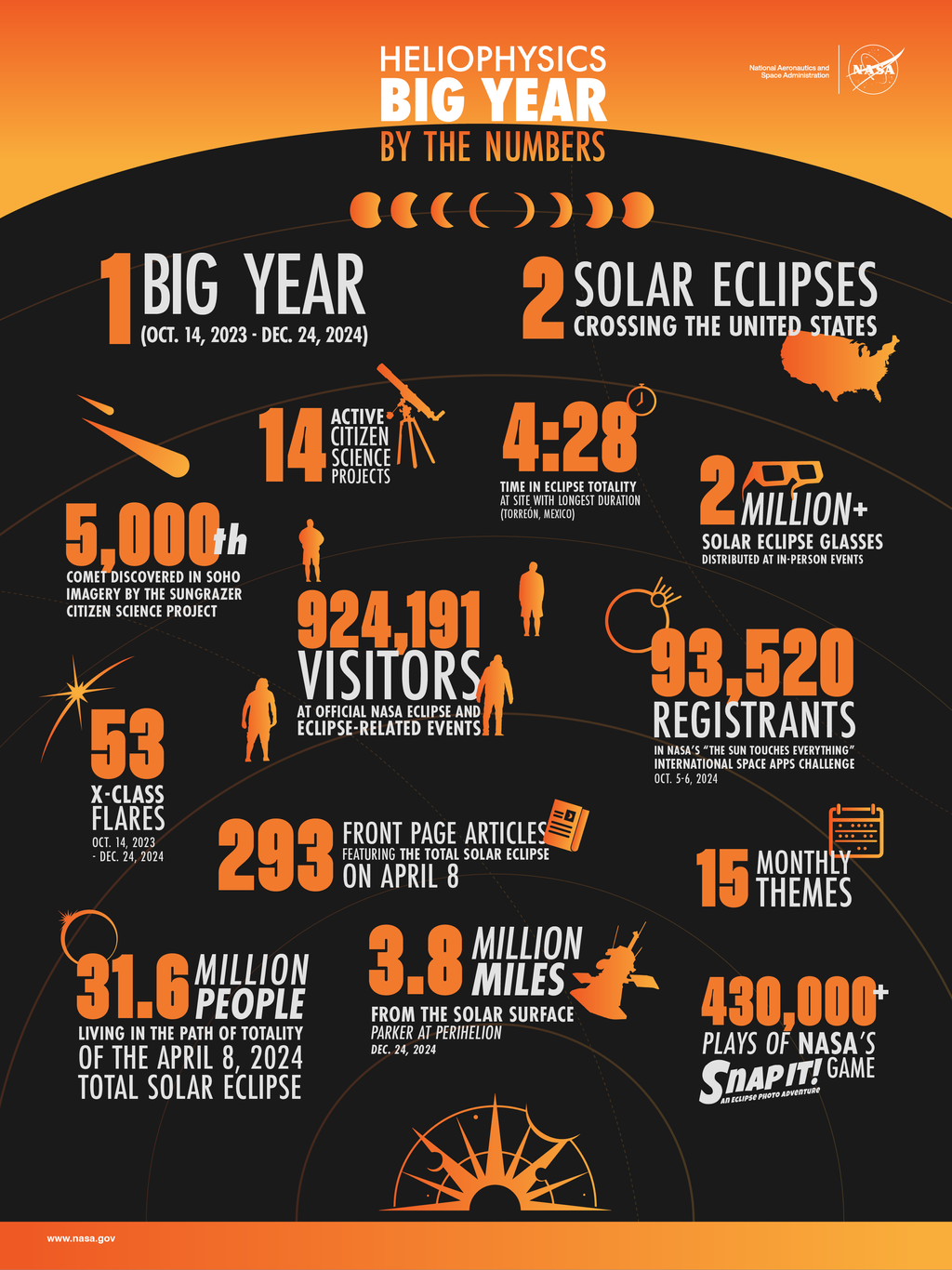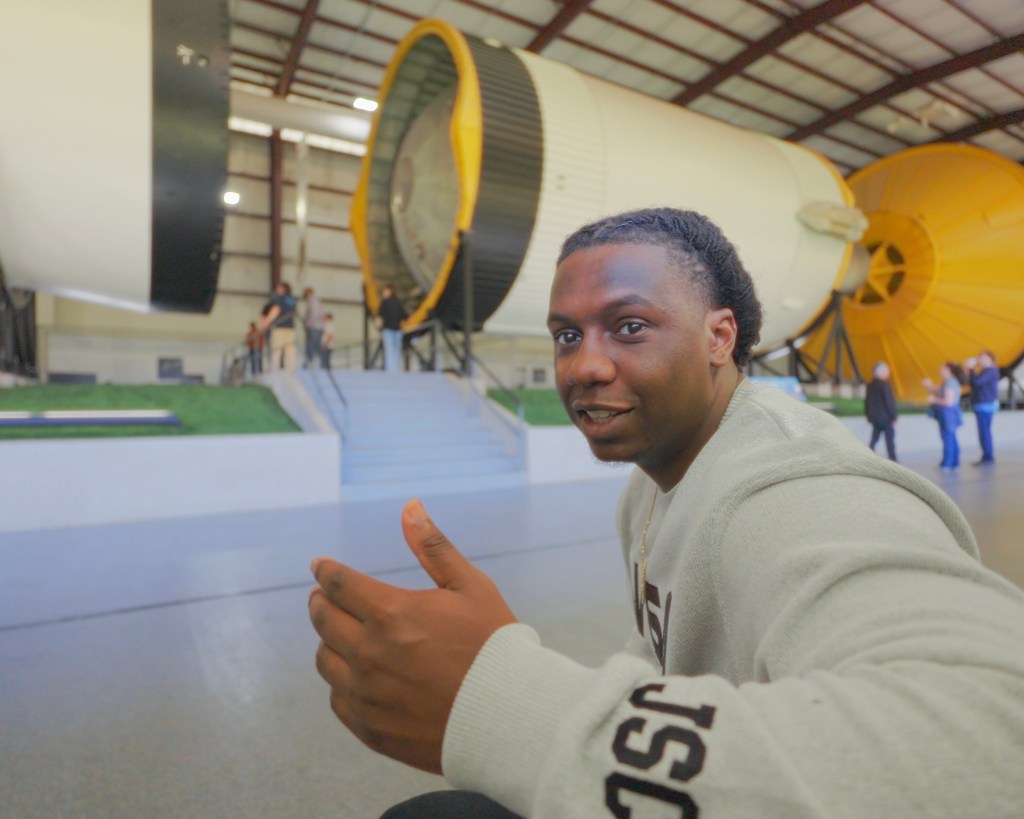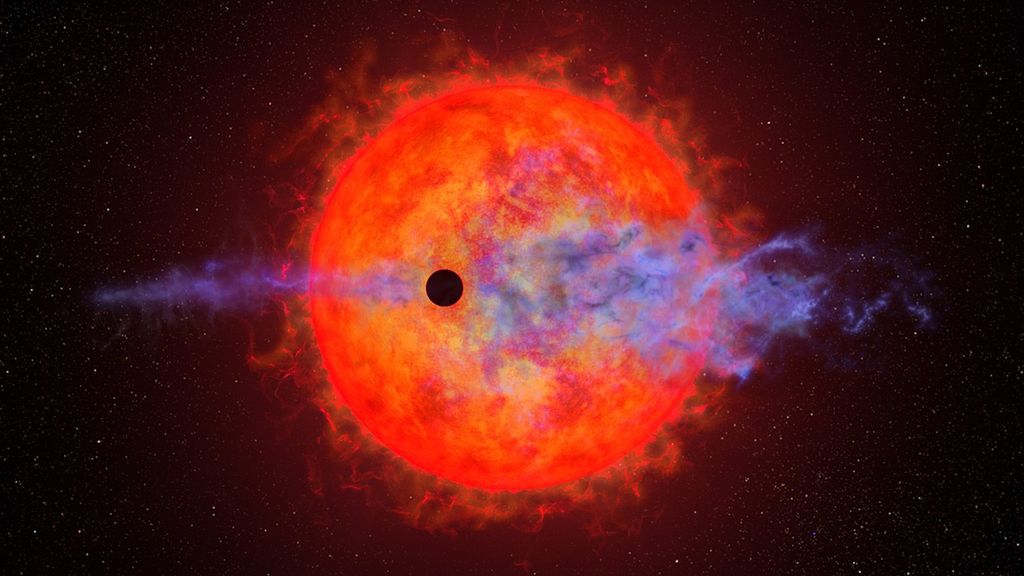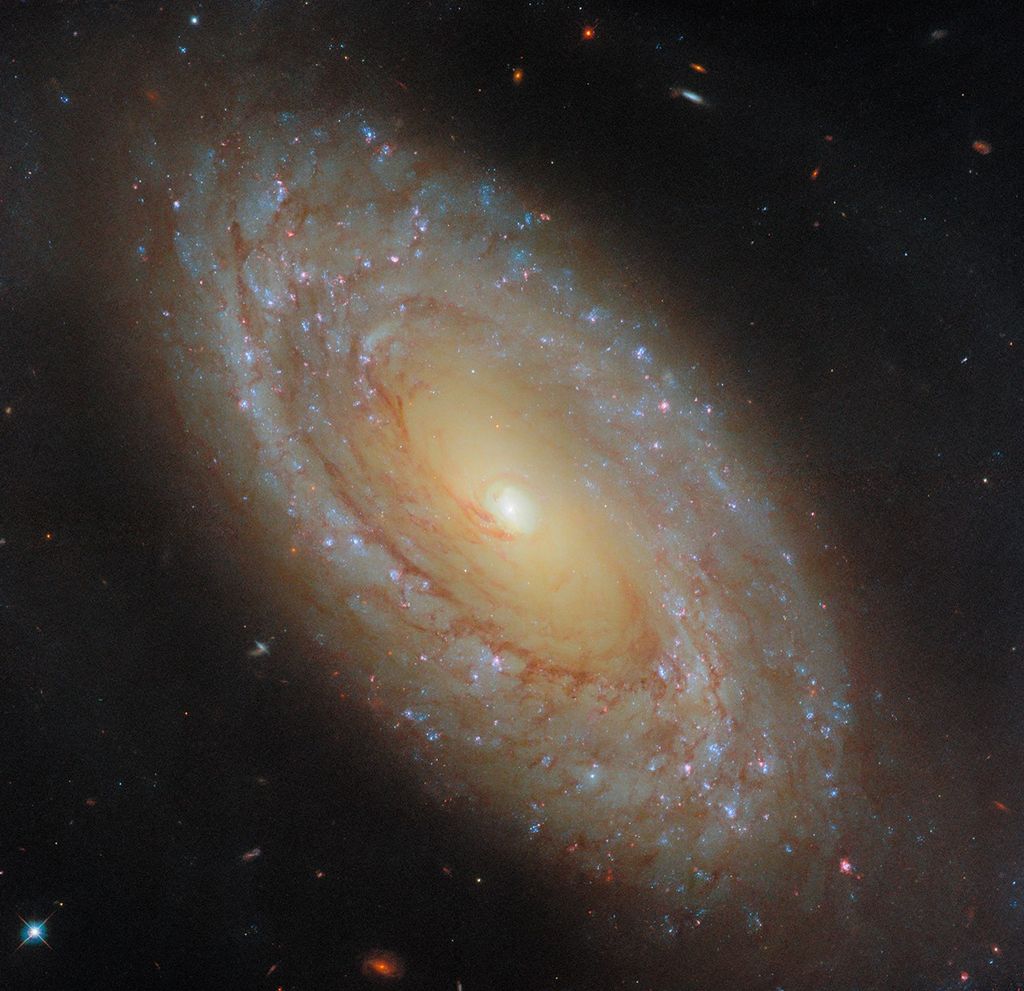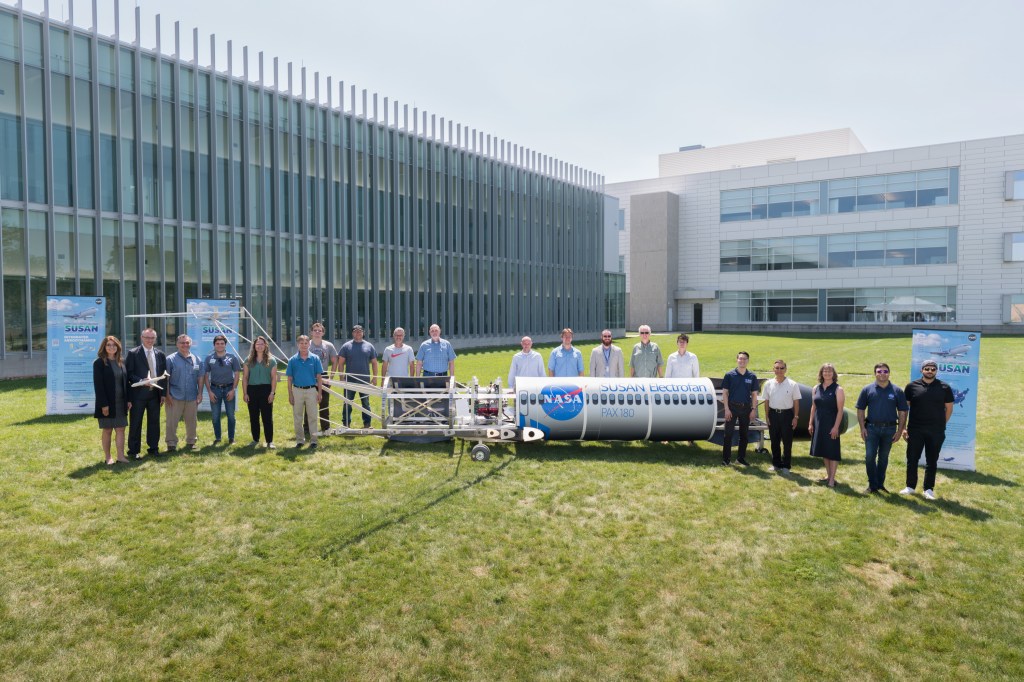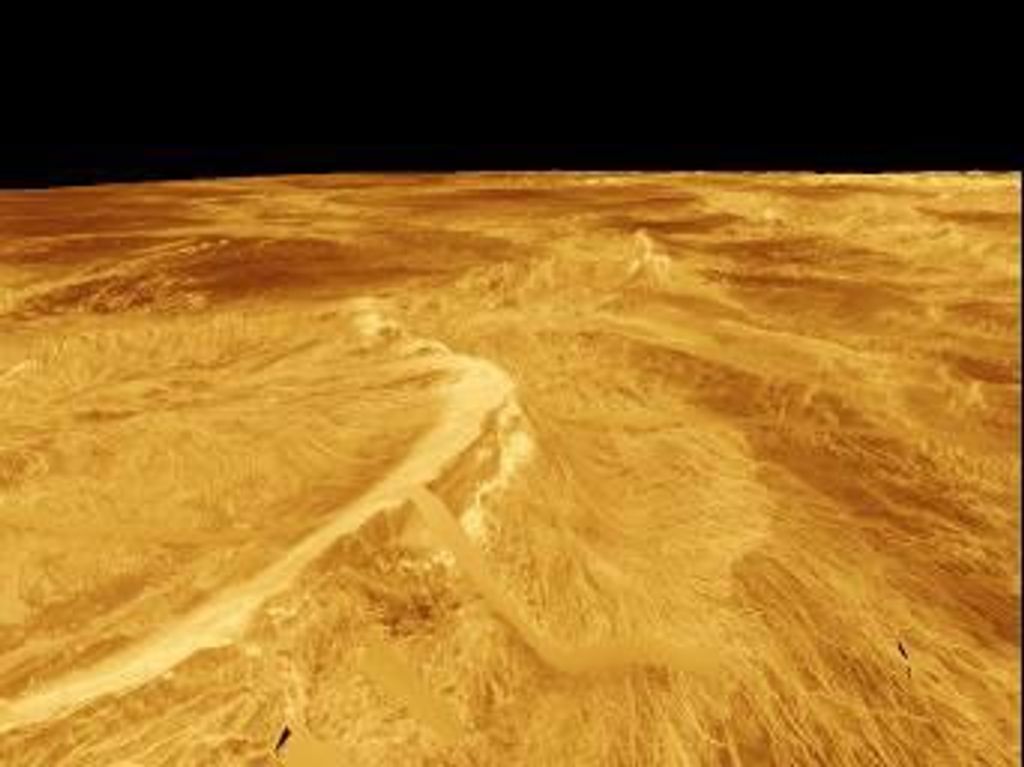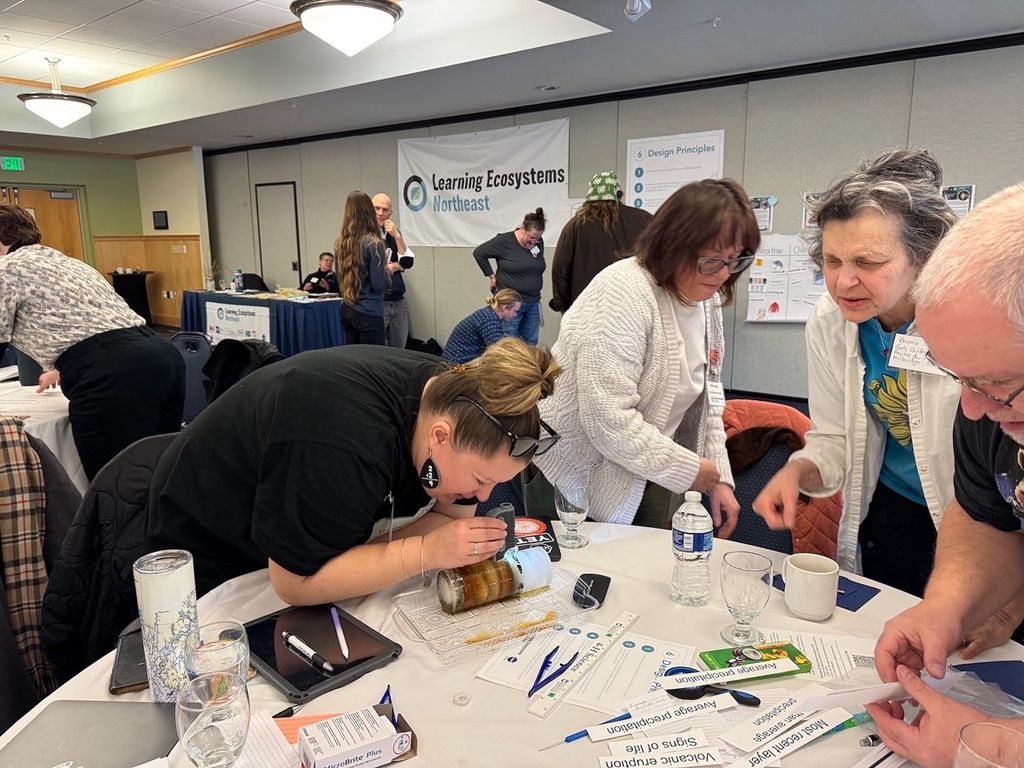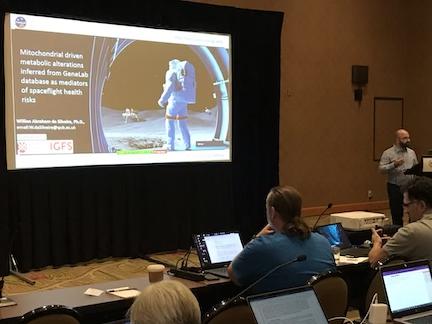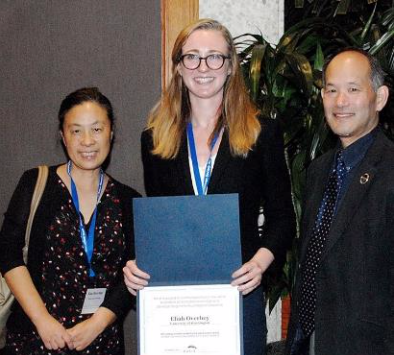- Analysis Working Groups (AWG)
- Charter
- Current AWG Members
- AWG Forum
- AWG Annual Reports: 2018 2019
- AWG Workshops: 2018 2019 2021 2023
- AWG Symposia: 2022 2023 2024
GeneLab Hosts 2nd Annual Analysis Working Group Workshop
GeneLab hosted two meetings on Nov. 19, 2019, a day before ASGSR’s annual conference officially began. The morning began with a closed session for AWG members to provide current group statuses, discussion on current processing pipelines for various assays, and 12 round-table topics where members spent 15 minutes at each table providing input and recommendations.
GeneLab’s afternoon session, the AWG Showcase, was open to all conference attendees. The showcase featured talks by members from each of the four AWG groups (plants, multi-omics/systems biology, microbes, animals (mammals, non-animals) demonstrating the various projects, tools, and papers in development. Invited speaker Stefania Giacomello ended the showcase with a presentation on Spatially resolved transcriptome profiling in human and spaceflight mouse hearts.
Welcome New AWG Members
Laurence Davin, Washington State University (Plants)
Christina M. Johnson, NASA Kennedy Space Center (Plants)
Eduardo Eyras, EMBL and John Curtin School of Medical Research – Australian National University (Animal and Multi-omics)
Jonathan C. Schisler, University of North Carolina at Chapel Hill (Animal and Multi-omics)
Vinita Chauhan, Health Canada, Consumer and Clinical Radiation Protection Bureau (Multi-Omics)
Robert Stainforth, Health Canada, Consumer and Clinical Radiation Protection Bureau (Multi-Omics)
Tytus Mak, Mass Spectrometry Data Center, Biomolecular Measurement Division, National Institute of Standards and Technology (Multi-Omics)
Carissa Ritner, Northwestern University, Radiation Oncology (Multi-Omics)
Ming Wu, Illumina, (Multi-Omics, Plants, Animals)
Eliah Overbey Wins Publication Award
Also at ASGSR, Eliah Overbey, a young scientist in the AWG, won the 6th Annual ISS National Lab Student Investigator Award for her publication, Mice exposed to combined chronic low-dose irradiation and modeled microgravity develop long-term neurological sequelae.



